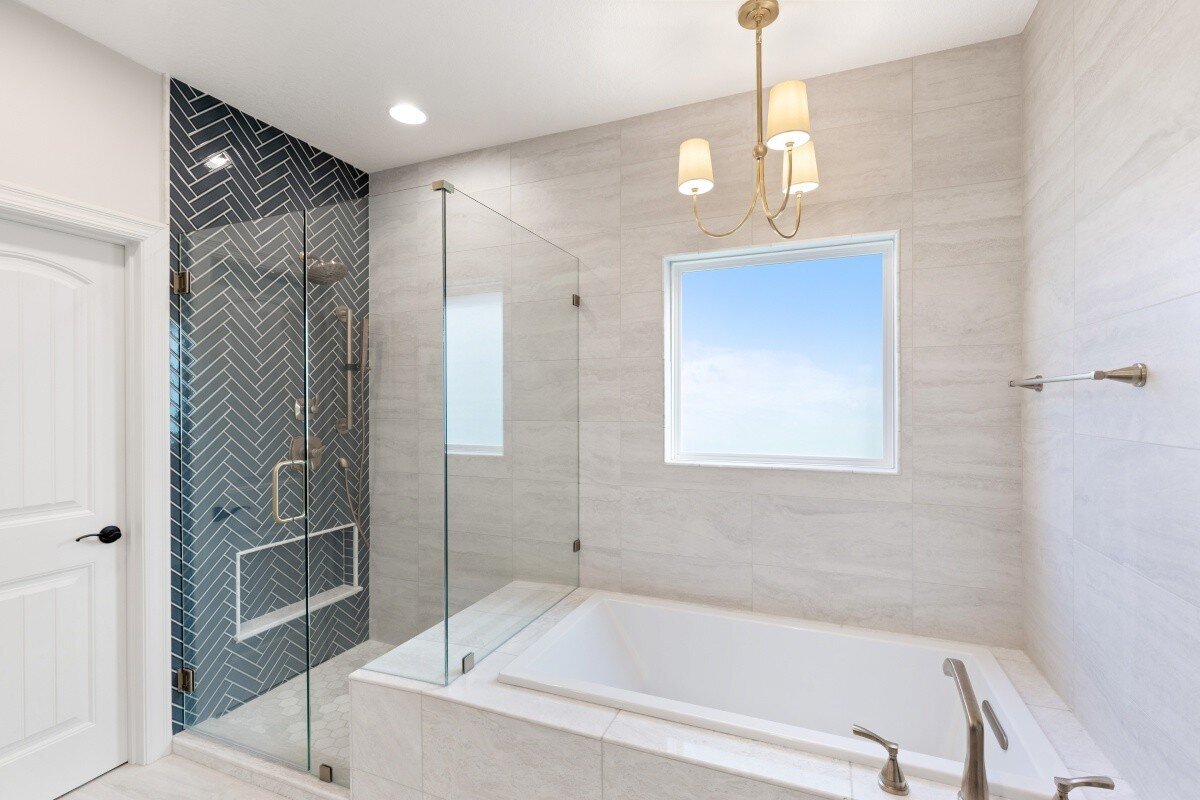Freestanding bathtubs are often considered a luxurious centerpiece in bathroom design. Their sculptural forms and versatile placement options have made them a popular choice for homeowners seeking both style and function. But like any major bathroom fixture, they come with their own set of advantages and disadvantages. If you’re thinking about installing one, here’s what you need to know to make an informed decision.
The Pros of Freestanding Bathtubs
1. Stylish and Visually Impactful
Freestanding tubs are synonymous with luxury. Whether placed in the center of the room or under a large window, they create a focal point that elevates your bathroom’s aesthetic. Available in a variety of shapes—from classic clawfoot to sleek modern ovals—they easily match traditional, transitional, or contemporary interiors.
2. Flexible Placement
One of the biggest advantages of freestanding bathtubs is placement flexibility. Unlike built-in tubs that need to be installed against walls, freestanding versions can be positioned anywhere with proper plumbing access. This allows for creative layouts and spa-like arrangements.
3. Easy Installation (in Certain Conditions)
For bathrooms already designed to support floor-mounted plumbing, installing a freestanding tub is generally straightforward. They don’t require the surrounding framework or tile work that built-in tubs do, potentially saving time and labor costs in certain situations.
4. Range of Material Options
Freestanding tubs are available in materials like acrylic, stone resin, cast iron, and even copper. This diversity allows homeowners to choose based on weight, heat retention, durability, and visual appeal.
The Cons of Freestanding Bathtubs
1. Requires More Bathroom Space
Freestanding bathtubs demand more room than built-ins. You’ll need extra clearance around the tub for cleaning and movement, which might not be feasible in smaller bathrooms.
2. Plumbing Can Be Complicated
If your existing plumbing setup is designed for a built-in unit, transitioning to a freestanding tub may require floor-level plumbing changes. This can increase installation costs and complexity.
3. Heavier Than Built-In Options
Certain freestanding tub materials, like cast iron or stone, are quite heavy and may require floor reinforcement. This is especially important in older homes or when installing on upper levels.
4. Less Storage Around the Tub
Built-in tubs often come with adjacent ledges or shelves. Freestanding tubs lack this feature, which means you might need additional furniture like bath caddies or stools to hold toiletries and towels.
Midway through the decision process, many homeowners researching Vasca freestanding bathtubs find that these models strike a balance between design elegance and structural practicality. Known for their sculptural forms and material quality, they offer standout pieces that blend seamlessly with a wide variety of bathroom styles.
Additional Considerations
Cleaning and Maintenance
Freestanding tubs can be more challenging to clean around, especially when placed close to walls or in tight spaces. Ensure there’s enough room around the tub for easy access and regular maintenance.
Price Range
Freestanding tubs typically cost more than built-in options, both in terms of the tub itself and potential plumbing adjustments. However, they may add greater resale value and aesthetic appeal to your home.
Conclusion
Freestanding bathtubs bring undeniable beauty and flexibility to bathroom design, but they also come with considerations like space requirements, plumbing logistics, and cost. By weighing these pros and cons, you can decide whether a freestanding tub is the right fit for your bathroom layout and lifestyle. If chosen thoughtfully, it can become both a functional amenity and a striking design statement.

